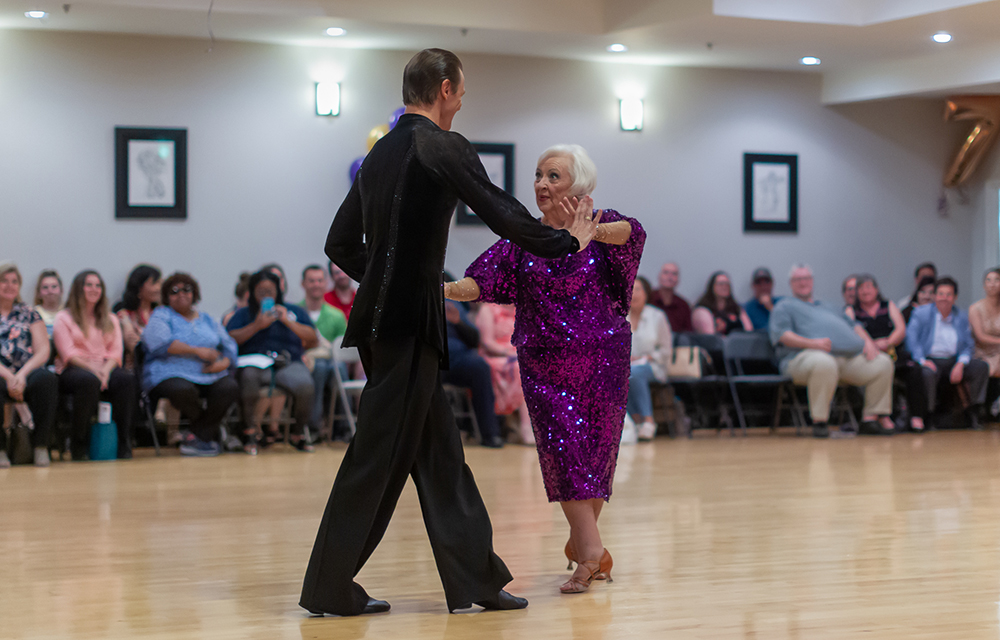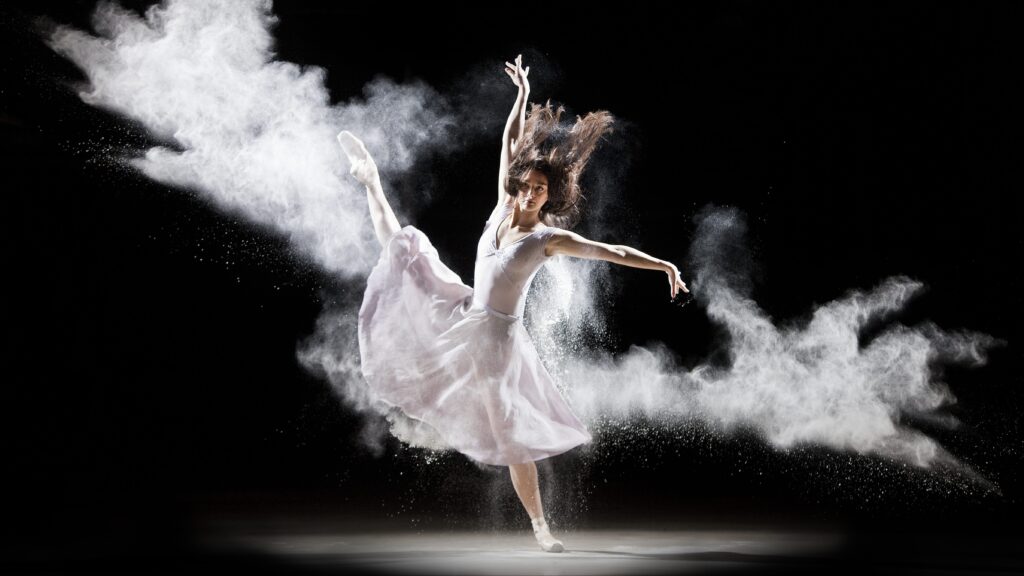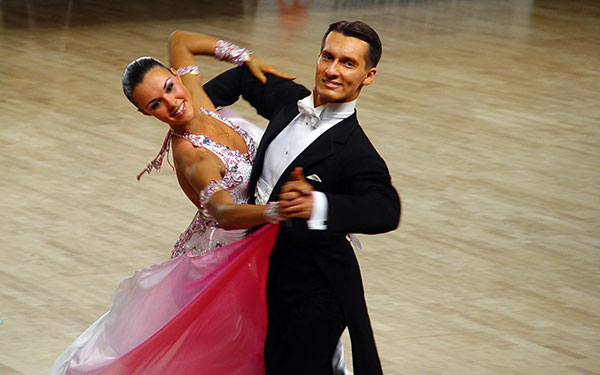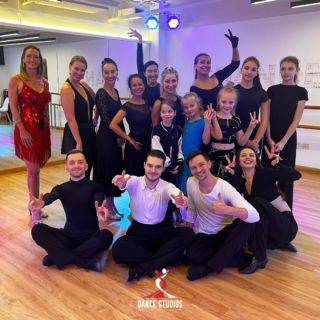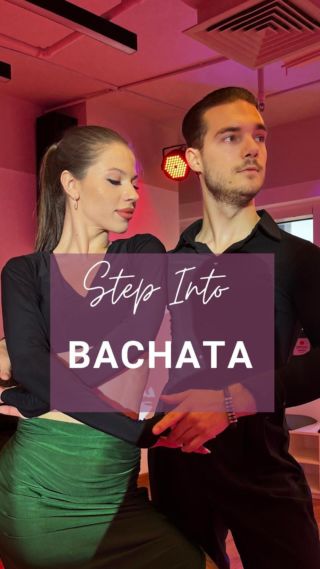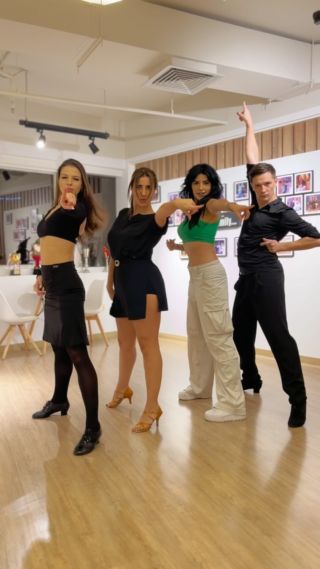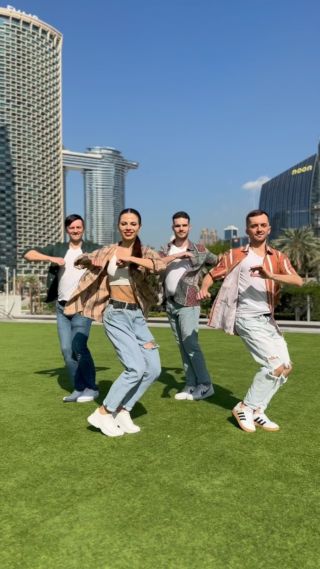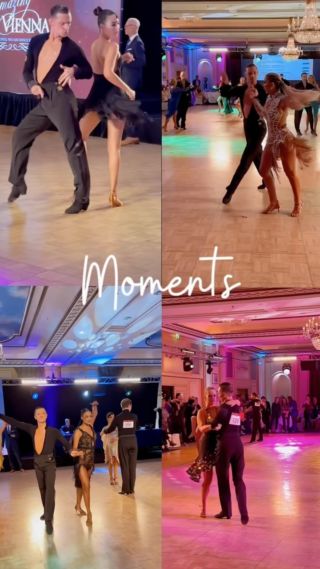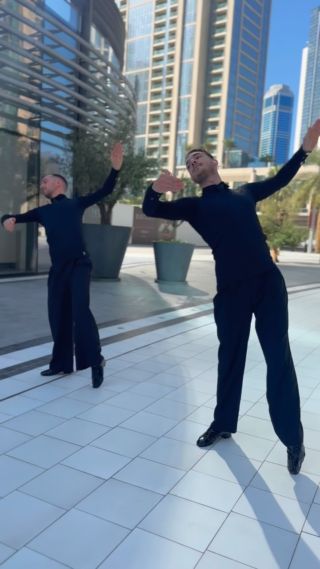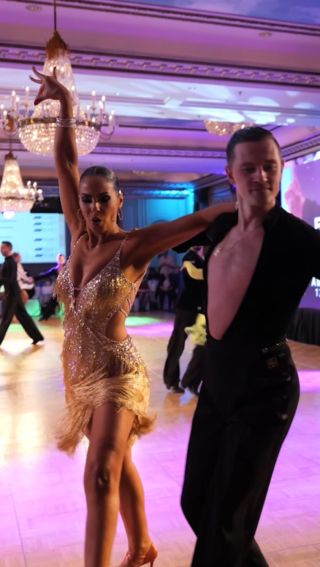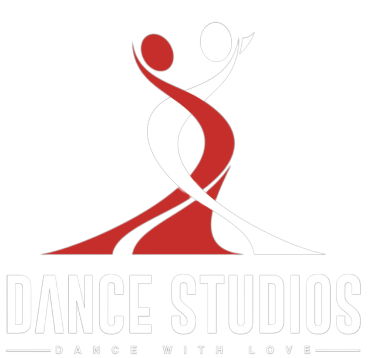HOW LATIN DANCE EVOLVED FROM ANCIENT ROOTS
Dancing may appear as an art form to outsiders, but to its performers, it is not just an art form; it is a way of expressing themselves; it’s a way of communicating the message; and above all, it is their entire life. For thousands of years, dancing has been a social activity that society used to meet new people, recreate, and entertain.
If we try to count the different types of dancing styles that are performed around the world, it will be a next to impossible attempt. Every country, every region, and every community has developed its unique dancing styles. Some dances were kept within communities, while others spread across the globe. One such dancing style is the Latin dancing style. Over the course of the last several centuries, Latin countries have given the world several different dances, the most popular of them being ballroom dancing styles.
Out of all the ballroom dancing styles, the most popular dances are salsa, rumba, cha cha cha, waltz, foxtrot, quickstep, and many more. As fascinating as these dances sound, equally fascinating is the story of their origin. When we go into the past and study how Latin dances evolved from their ancient roots, it will make for a very interesting and captivating story.
So without further ado, let’s take a time capsule and visit the glorious past and see how fascinating Latin dancing evolved.
The influences on Latin Dance
Latin dances have had a very complicated past. At the time, it was met with both controversy and glory. However, today, Latin dancing styles enjoy well-deserved respect and popularity all over the world. Even if you wish to take a crash course in ballroom dancing, you can easily do that at one of the most popular dance academies in Dubai.
In the early 14th and 15th centuries, Latin dances began in a very traditional way and had completely native roots. As European explorers began to arrive in the Latin world, the native dance began to adapt to the newly discovered influences. Apart from the native influences, Latin dances have two major influences, and those are upper-class European influence and African influence. Little did people know back then that the dance they were performing would change the course of history in the future.
The Ritualistic Origins of Latin Dancing
If we were asked to imagine that salsa or waltz began as a dancing form for ritualistic purposes, it would be hard to imagine or even believe for most people. When you sign up for Latin dance classes in Dubai, you sign up for a classy ballroom dancing experience that utters sophistication and top-class luxury.
But as hard as it is to believe, it is the truth. The native South American and Latin people performed different types of dances for their rituals that ranged from hunting to daily chores. When, in the late 16th century, Europeans entered South America, they observed the native dancing styles and were very amused by them. The dances, even though native, had proper structure and were performed to the rhythm.
As the Europeans started colonizing the Latin world, they started mixing their Catholic dancing steps with the native Latin dancing. Thus, modern ballroom and Latin dances evolved over the centuries. There have always been two major influences on Latin dancing, and those are African tribal dances and European folk dances.
European Influence
A fascinating thing to be noted about traditional Latin dances is that the concept of dance partners was not known to them. Most of the old-time Latin dances, but not all, were group dances. The imported European dancing styles prohibited male and female partners from touching each other while dancing, even though they were couple dances. If you enroll yourself in dance classes in Dubai, you will get to know that most ballroom dancing styles are couple styles, but even if you are single, you can learn your favorite ballroom dance at Dance Studios Dubai.
European influence brought a rhythmic approach to native Latin dances, and more emphasis was now given to the elegance of steps rather than forceful steps. When European elegance was combined with the rhythmic beat of African drums, it became a defining feature of Latin dances.
African Influence
If European influence is credited with bringing a charm of elegance to Latin dances, then African influence has to be credited with adding a spirit and fun element to Latin dances. The dances that were mainly performed for ritualistic purposes were now being performed as a means of entertainment and relaxation. At Dance Studios today, many adults choose Latin dance Dubai as a means of recreation, relaxation, and a means to take care of their mental health. Surely the upbeat African drum beats can uplift anybody’s spirits within seconds.
African slaves were brought to the Latin part of the world by European settlers. The slaves used dancing as a means of lifting their spirits. Improvisation; bent knee movements (as opposed to European dance with the stiff upper body); using the complete foot instead of only toes as in European dance; body isolation movements (for example, keeping the upper body still while having crazy hip movements) are various things that African dances have contributed to traditional Latin dances.
The Development of Modern Latin Dance
All different modern Latin ballroom dances have developed in different countries and regions. Some of the dances became global hits, and today they can be learned at multiple dance academies across Europe. You can enroll in dance lessons in Dubai and other parts of the Middle East.
Some of the most popular Latin ballroom dances of today were developed in the different social spheres in Latin countries. These people had professional musicians and other assistants for their performances. Salsa, Bachata, polka, mamba, waltz, rumba, and cha cha cha are some of these popular dances that were widely performed and developed in Latin countries, and today their popularity has spread over the world.
You can learn various types of Latin ballroom dances at Dance Studios Dubai. You can call us for your first trial lesson. You can have private as well as group dance classes with us.

